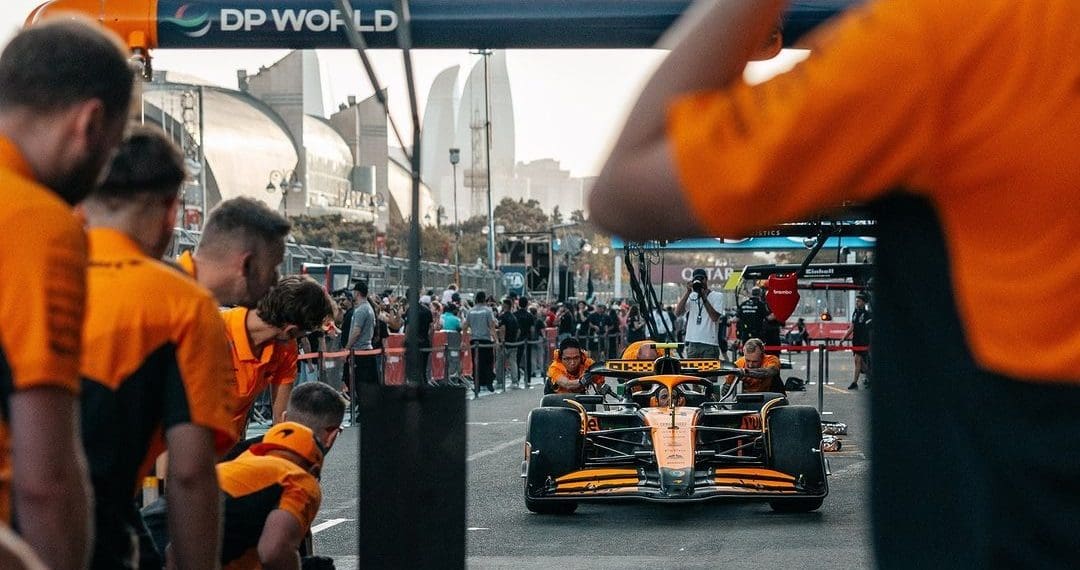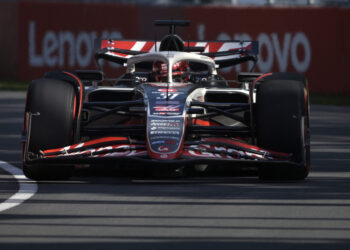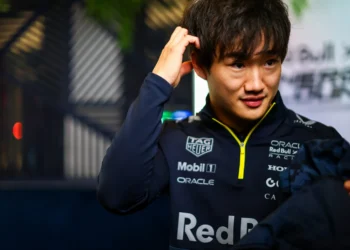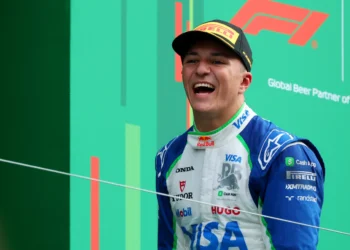The 2024 Italian Grand Prix, held at the iconic Autodromo Nazionale Monza, saw Charles Leclerc take a masterful victory, but the race was also marked by the introduction of McLaren’s mysterious “papaya rules.” These guidelines were invoked during a tense battle between teammates Lando Norris and Oscar Piastri, sparking intrigue and controversy across the paddock.
Piastri made a bold Lap 1 move on polesitter Norris, dropping his teammate to third and setting the tone for what appeared to be a free-for-all within the team. However, as Norris began to close in on the Australian later in the race, he was informed over team radio that he could challenge Piastri — but only under “papaya rules.”
So, what are these so-called “papaya rules,” and why have they caused such a stir?
According to McLaren CEO Zak Brown, the rules are a code of conduct for the team’s drivers to race each other with respect and avoid risky behavior. “It’s about driving with respect for each other, giving each other enough space and not getting in each other’s way,” Brown told Sky Sports F1. “And that’s exactly what they did.”
The papaya rules outline a structured approach to team racing, emphasizing caution and collaboration when two McLaren cars are engaged in a direct on-track battle. While this is a common practice in F1 — especially when protecting valuable points or when one driver is in the title hunt — the public unveiling of such a strategy drew attention, as many fans were left wondering if McLaren was curbing the natural racing instinct of their drivers.
The origins of this internal team strategy go back to earlier in the season, particularly at the Hungarian GP, when Norris was asked to cede the lead to Piastri. It was a subtle move to maintain harmony and protect both cars from potential incidents, a tactic commonly used when one driver has a more realistic chance of fighting for the title.
McLaren’s “papaya rules” surfaced again at Monza, raising questions about how much freedom their drivers truly have. The notion of enforced team orders evokes memories of some of F1’s most infamous controversies.
In 2021, McLaren deployed similar tactics when Norris was told not to challenge Daniel Ricciardo at the Italian GP, where the team secured a crucial 1-2 finish. Protecting the result was paramount, especially with championship rivals close behind. McLaren’s decision paid off then, but it also highlighted the delicate balance between teamwork and racing freedom.
These kinds of team orders have a long history in F1, with some of the most notorious examples coming from Ferrari. In the 2010 German GP, Ferrari swapped Felipe Massa and Fernando Alonso using the coded phrase “Felipe, Fernando is faster than you.” The move caused widespread outrage and led to a $100,000 fine for Ferrari.
The tension between racing and team strategy is always present in Formula 1, where split-second decisions can determine the fate of a championship. McLaren’s papaya rules are simply the latest example of how teams walk that fine line. Norris acknowledged the importance of racing on merit, saying: “I wouldn’t want to be given a championship. I want to win it by fighting against Max, by beating my competitors, and proving that I’m the best on track.”
As McLaren aims to close the gap to Red Bull in both the drivers’ and constructors’ championships, it’s clear that they are willing to employ every tactic to protect their chances — but Norris, for one, won’t be satisfied unless he earns his title through genuine competition, even if the papaya rules are in play.










